In today’s world, art museums must compete with many new entertainment options. Coupled with ever-changing demographics and expectations, the art world must become digital proficient to survive and engage their audiences. This does not need to be the case.
Customers have no way to know which collections or exhibits will spark their interests, despite the vast amount of information at their disposal. They are not prepared to experience everything the museum has to offer because of the lack of time, will, or easy access to the art. They are overwhelmed, making them easily distracted by other worries and attractions. Digital technology can bridge this attention gap, creating a more fulfilling experience for the customers and the museum.
Start by Transforming Your Website
It all starts with the museum’s website. Your organization’s website is your customer’s first impression of your museum. When they want information about your art collections, exhibits, open hours, and events, your customers will go straight to your website, either on their phone or from their desktop computer. Therefore, your museum website is the driving force behind most art museum digital transformations.
As Michael Govan, the director of the Los Angeles County Museum of Art, noted: “The external force of the Internet and social media — combined with museums’ own efforts to create more interactive educational and exhibition programs — leave no doubt that the two-way relationship between the museum and its audience has the potential to reshape the future of art museums in ways not yet envisioned.”
One common strategy is to put your entire collection online. For example, the Whitney Museum of American Art uploaded art from over 3,000 artists on their website, with an easy-to-use format of alphabetical pages of thumbnails. This allows their customers to discover new artists they would never have known otherwise. Other museums simply upload essays and encyclopedia information on the various artists and pieces in their collection, essentially putting entire art history books in the palms of their customers.
Digital Transformation of Your Entire Organization
While a good website is a great start, it will not bring your art museum into the digital age on its own. For that, you must convert your entire operation to digital. Most cultural institutions understand this. They already have digital departments that plan, test, and implement digital transformation strategies for their organizations. However, for many institutions, this is not enough. Despite their best efforts, they fail to realize they need something more. Art museum digital transformation is more than just a department. It is a complete paradigm shift in how to do business.
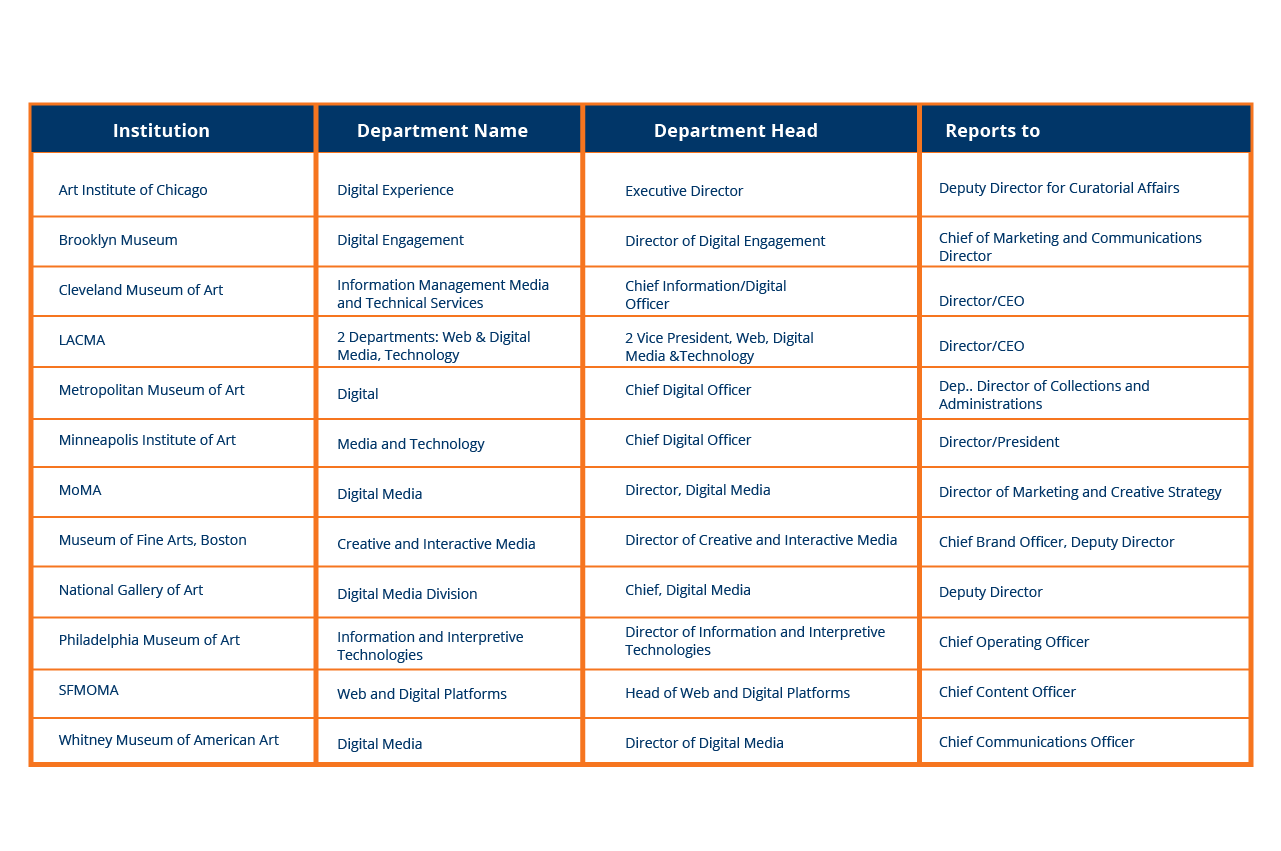
Your institution’s digital transformation must overcome several hurdles to succeed including developing a strategic vision, funding, Human Resources issues, middle-management tensions, leadership preferences, and external consultant recommendations. While you created your digital department as a response to the new digital age, you need a much broader approach to maintain it. You must change your entire organization. Successful digital transformations are horizontal in nature. It is a shared responsibility for everyone. Ideally, you do not want a digital department, you just want a fully digital museum.
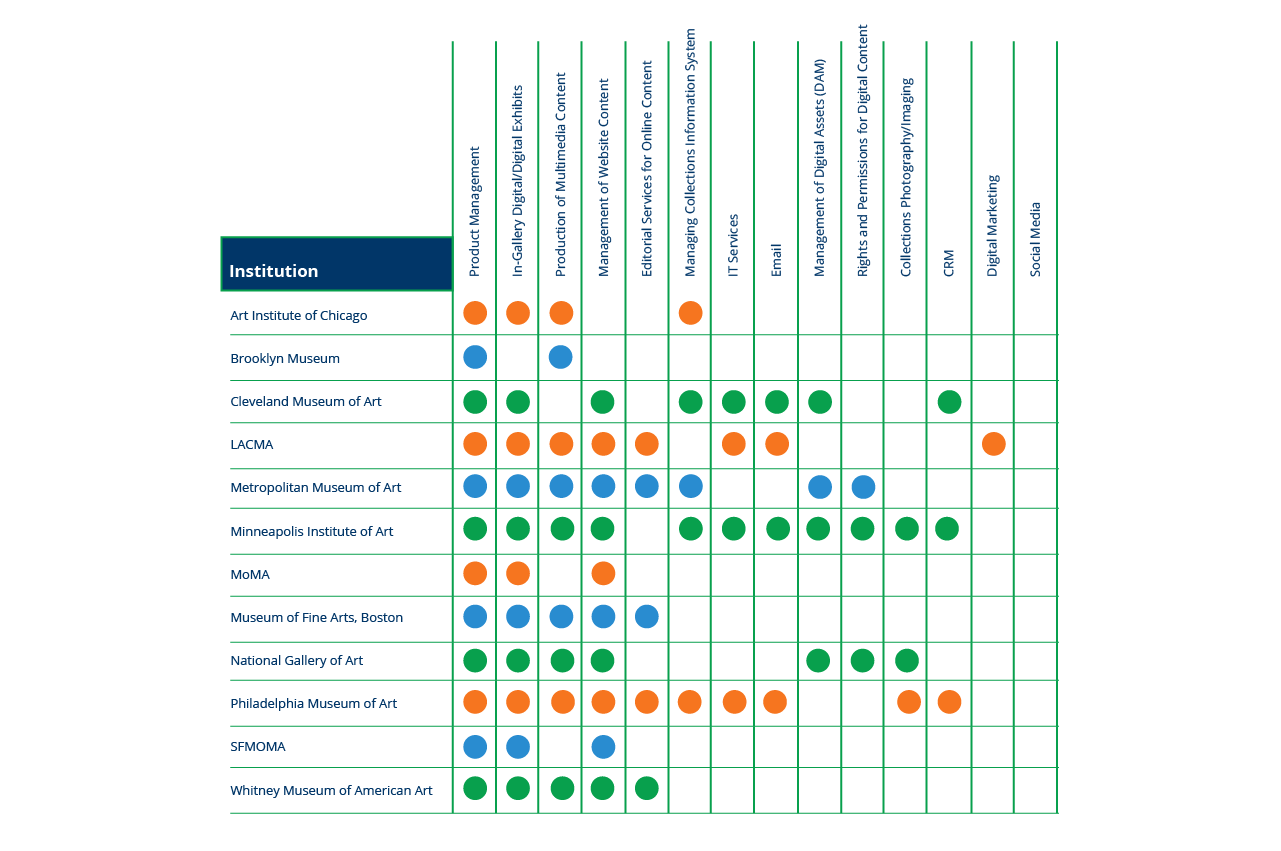
Digital transformation requires a culture change. You must develop a digital mindset throughout your organization. Every department must recognize, support, and strategically align their operations with your digital department. You must encourage a culture of teamwork, impact, moving fast, courage, and transparency, and the psychological safety to foster it.
How to Digitally Transform Your Museum
A digital transformation can help your art museum offer exceptional experiences to your visitors and, once you set the mindset for it, it can streamline your preservation efforts as well. However, you must develop a digital strategy for it to work, and this strategy must take into account the expectation and needs of your visitors.
Fortunately, there is a simple solution. Developing a digital strategy is not difficult It just takes some effort.
Know the Visitor
Like with any major development, your first stop for going digital is to know your visitor base. You must understand your visitors’ identities, interests, and behaviors so you can offer them a more effective and engaging educational experience and relationships. You can do this at the point of ticket sale, especially if it happens online or through a mobile app. Thus, you want to enact a digital ticketing system before you do anything else. You can also gather visitor information from their visit patterns.
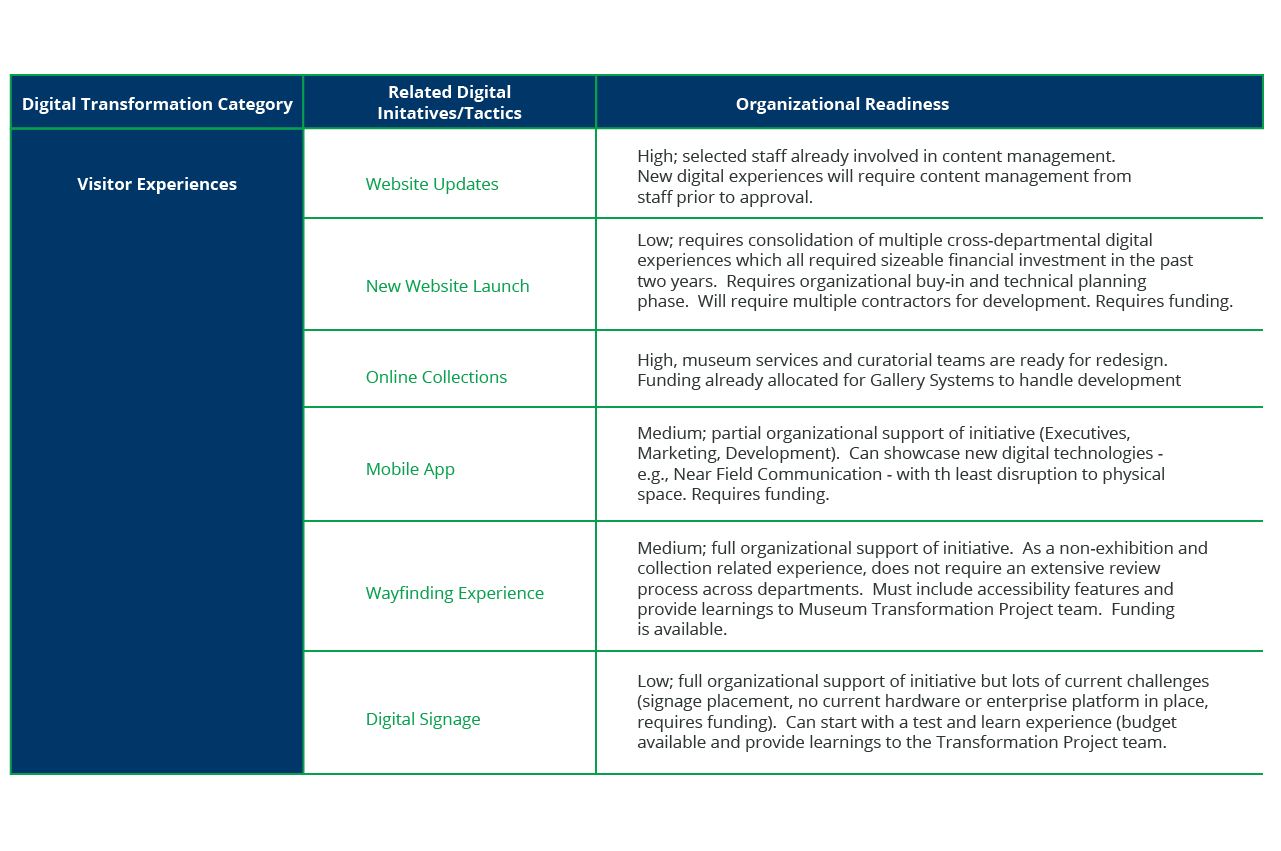
Engage and educate
After gathering their information, you can start using technology to engage and educate visitors. With the right tools, you can create personalized paths through your museum that identifies the exhibits your visitors will find interesting. You can even provide pre-defined tours based on customer profiles if necessary. You can achieve this engagement through multimedia, artificial intelligence, and augmented reality solutions on an app or in the displays.
Know When to Not Digitalize
In your attempt to digitize your fine art museum, you should take precaution to not overdo it. Technology offers museums seemingly endless possibilities, but you can mistakenly add filters between your masterpieces and visitors, decreasing their enjoyment if you are not careful.
Beyond the visitor experience, you must decide if you want your institution to become consumer-centered and only show what visitors want to see. Consumer-centered does not mean putting away collections that have little general audience interest. You can always use data and technology to refresh your permanent collection to make them more attractive to larger audiences. However, you must be aware of how much you can offer without ruining the general user experience.
Reach Your Visitors
You can even use digital technology to engage and interact with your visitors after they leave. Though online media, you can engage distant audiences. You can even place some of your collection on your website, social media, or mobile app.
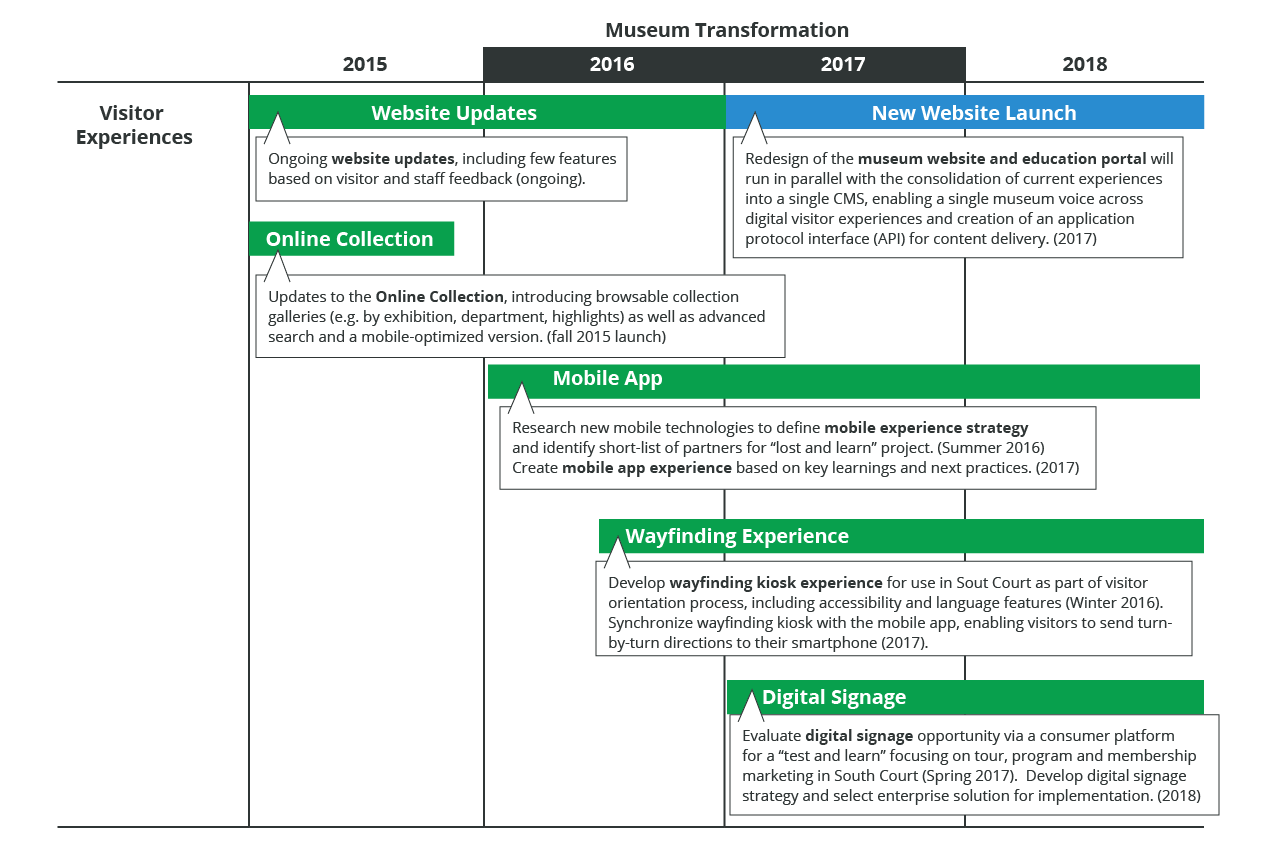
Capabilities and Execution
Implementing digital capabilities can feel challenging and expensive in the face of private sector competition, but it does not need to be that way. You can recruit digital leaders with a passion for the arts or fresh college graduates looking for interesting projects and responsibilities to help you out. You can also seek the advice from technology partners and consultants.
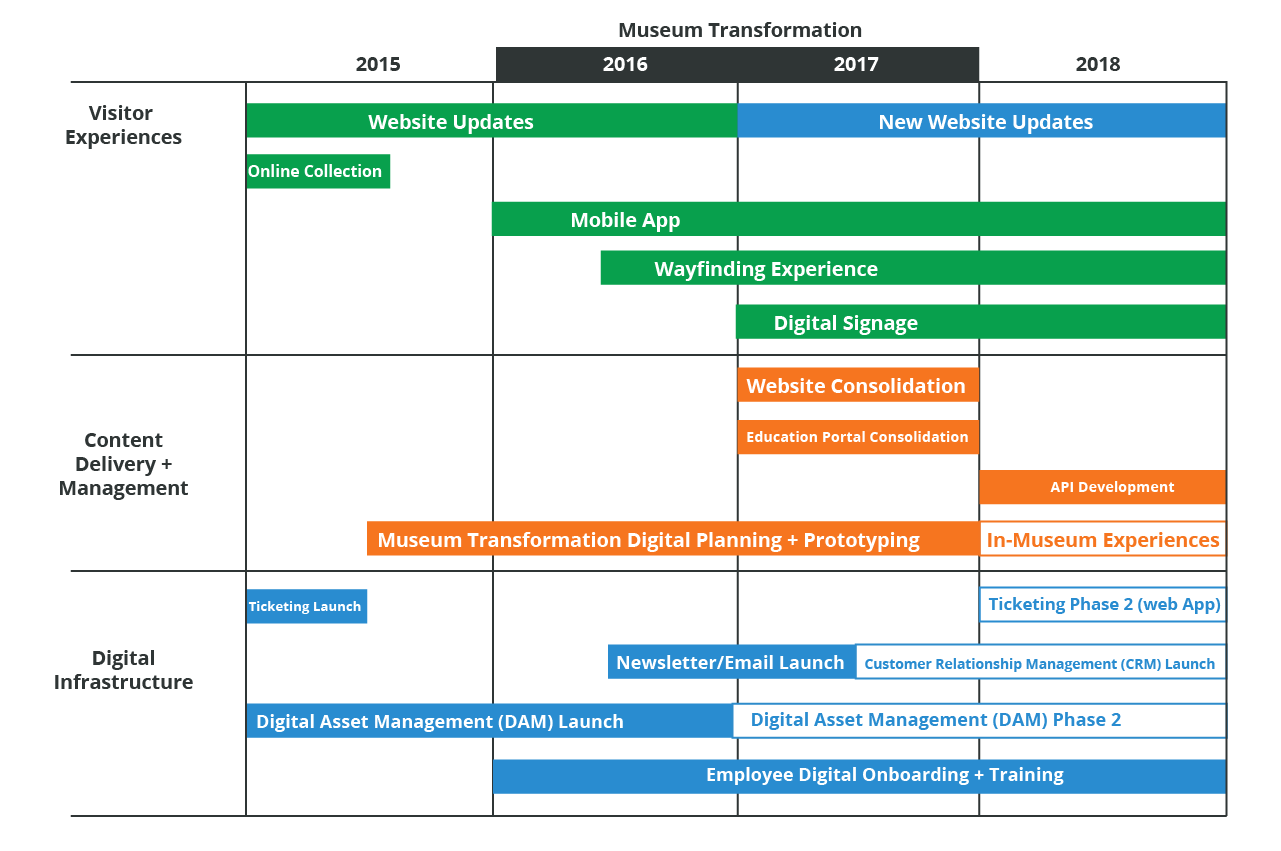
Why Hire a Digital Transformation Consultant?
With your digital transformation plan in hand, you are ready to bring your museum to the digital age. The advancing technologies will create great opportunities for your institution. You just need the right digital strategy for your situation. More visitors will discover your collection, expanding your loyal donor and patron base. However, you still must implement the strategy before you can reap these rewards.
While you could hire new staff to do this, doing so could lead to bad design and failure. To get your digital system up and running correctly the first time, you need to hire a consultant who can not only help you decide which digital path is right for your museum but will also provide you with the technology.
The technology is the heart of your digital transformation. It is how you will make your vision real. However, not every software or computer system works in all situations. A good CRM such as Salesforce can serve as a central database for everything, but your transformation cannot end with it either. You need someone that will go through your organization and help you decide which tools will help your museum and which ones will not.
Fortunately, you do have options. You can contact us, and we will work with you to ensure that your art museum’s digital transformation is a success. We provide several different third-party solutions, and we have the expertise to know when to use them. Our technicians will walk through your website, organization, and collection to find where new technologies can improve. We can then provide you the customer and technical support you need to keep your new systems running. We will even help you find a solution if we cannot help you ourselves.
Once you complete your art museum’s digital transformation, your stakeholders and visitors will reap the many benefits of the information age. From mobile apps to augmented reality, you can give old collections new life and turn your new ones into masterpieces. All it takes is the right technology, culture, and know-how. With a simple phone call to us, you can begin transforming your institution today. In the end, you will have a Twenty-First Century fine art institution that can inspire and engage everyone that walks through your door.


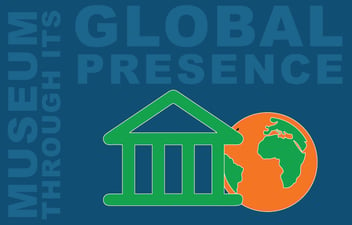
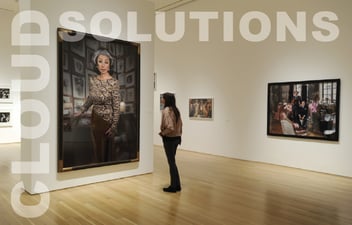
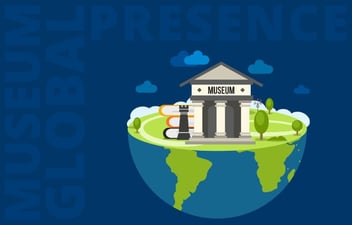
Leave a Comment